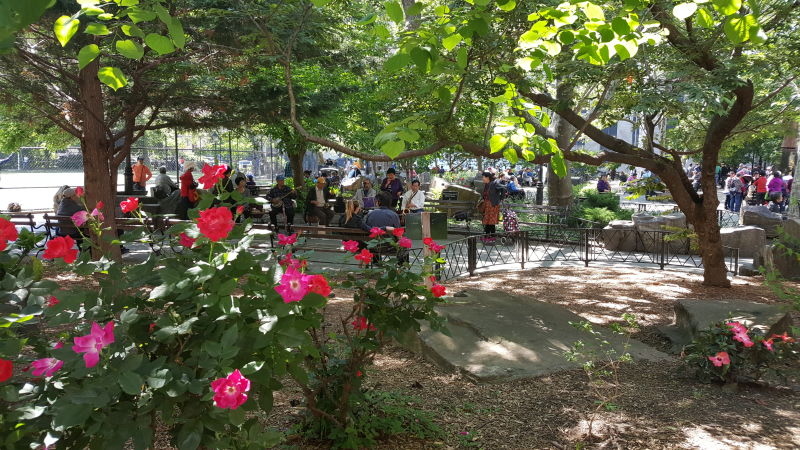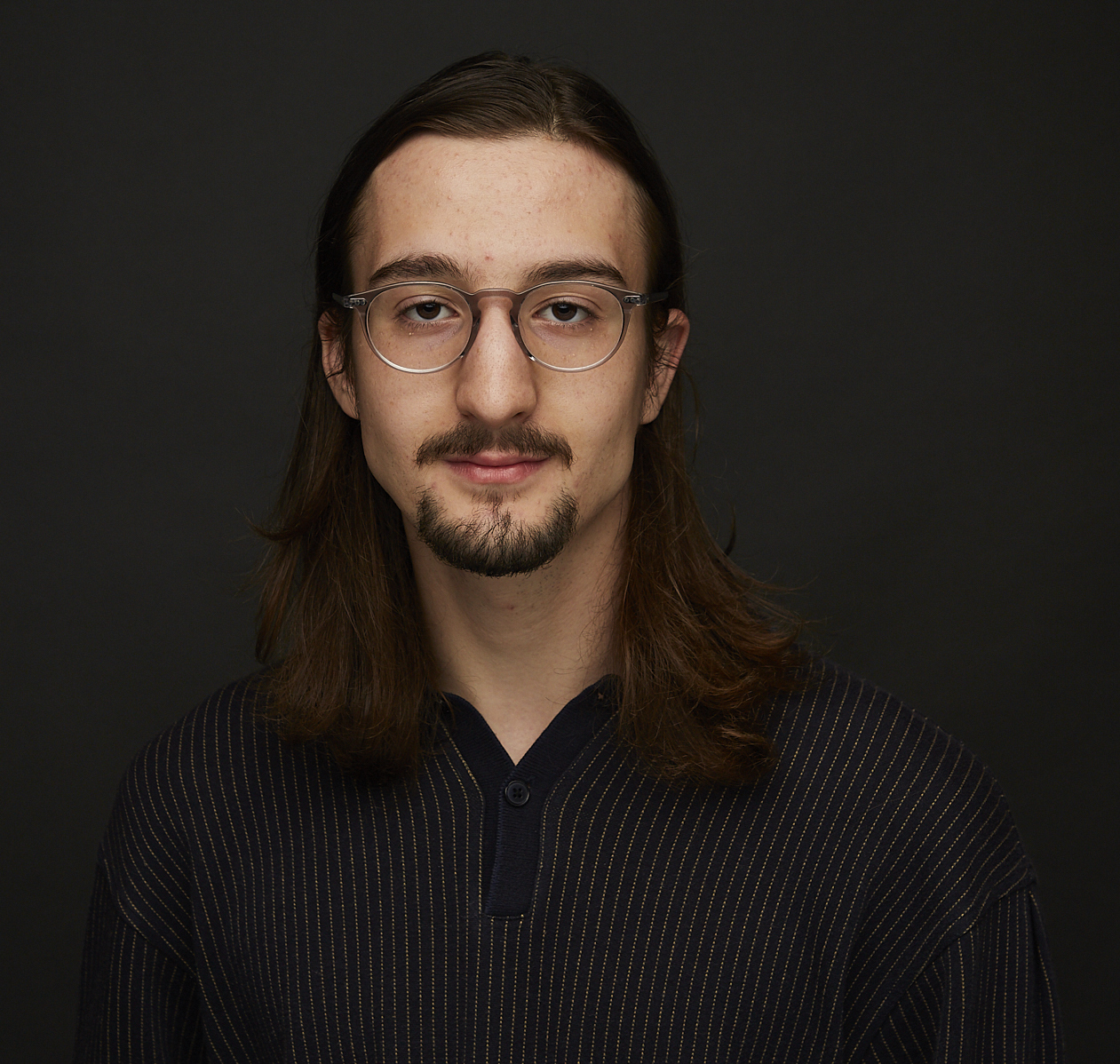
Something I haven’t touched on is my engagement and interest in architecture. It’s actually a large part of my time at Wesleyan, even though it’s not my major (I am an IDEAS minor). I thought about going to architecture school for undergrad but decided that a liberal arts education for a place like Wesleyan was a better fit. However, I’ve kept this interest alive by taking many studio art courses and some theoretical classes, including one I want to talk about here: New York City: Architecture and Urbanism, taught by Prof. Joseph Siry in spring 2024.
Growing up in New York City, and later Boston, I’ve been surrounded by cities my entire life. However, I never really understood what cities meant beyond their surface level functionings or the meaning of their historical development. This course was really eye-opening because it revealed just those things and expressed interesting and unexpected conclusions about city space and its transformations.
Firstly, this course helped push me beyond my naivety about architecture. In architecture, both in school and popular culture, there is a draw to the new, exciting, and boundary-breaking. But this course revealed to me how the development of cities is very real and historical; expressly tied to social, political, and economic factors. In colonial times, the building of churches was brought over from England and thus distinguished and centralized the colonists in tension with indigenous peoples. Art and aesthetics were in conversation and spilled over into the U.S. through trade and commerce with Europe in the 19th century. And wealthy bankers and industrialists competed with each other to make the tallest skyscrapers as banking and exchange took up New York’s expansion in the early 20th century. But also, everyday citizens had a voice, demanding public parks and protesting overreach, such as Jane Jacobs’ grassroots organizing against the demolition of Greenwich Village.
I wrote my final paper about the history of New York’s Columbus Park in Chinatown. As I discussed in a different post about my journey learning Chinese, Chinatown’s vitality is a key asepct of the city. I spent a lot of time as a kid hanging out at Columbus Park and enjoying its amenities. But through this class, I learned of the park’s many prior iterations and forms. It was once the“Five Points” neighborhood, where poor Irish immigrants lived in often terrible and dangerous conditions. The city then bulldozed much of the neighborhood and replaced it with an open grass park. This was at the height of New York’s Tammany Hall corruption. Instead of addressing the community’s needs, the city leveled the neighborhood to begin “anew” quite ignorantly. While I don’t believe this was the best course of action, over many decades the evolving Chinese community moved in, making the park their own by organizing and forming programming and features for the park. In this way the park is now a great representation of Chinatown and its vibrancy. But without these specific changes and historical development it would perhaps have an entirely different character and makeup.
Citation:
New York City Department of Parks & Recreation. “Columbus Park.” Photograph. Accessed May 15, 2025. https://static.nycgovparks.org/images/photo_gallery/full_size/23760.jpg.

Leave a Reply